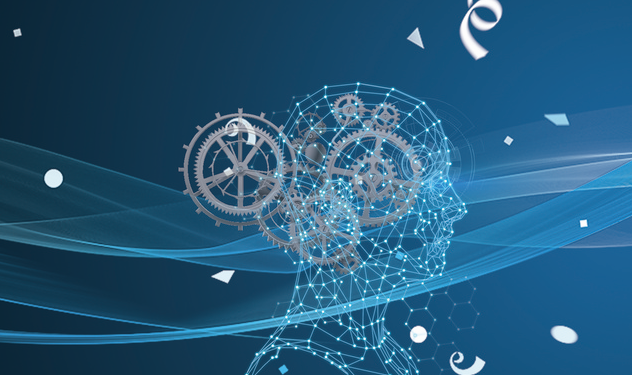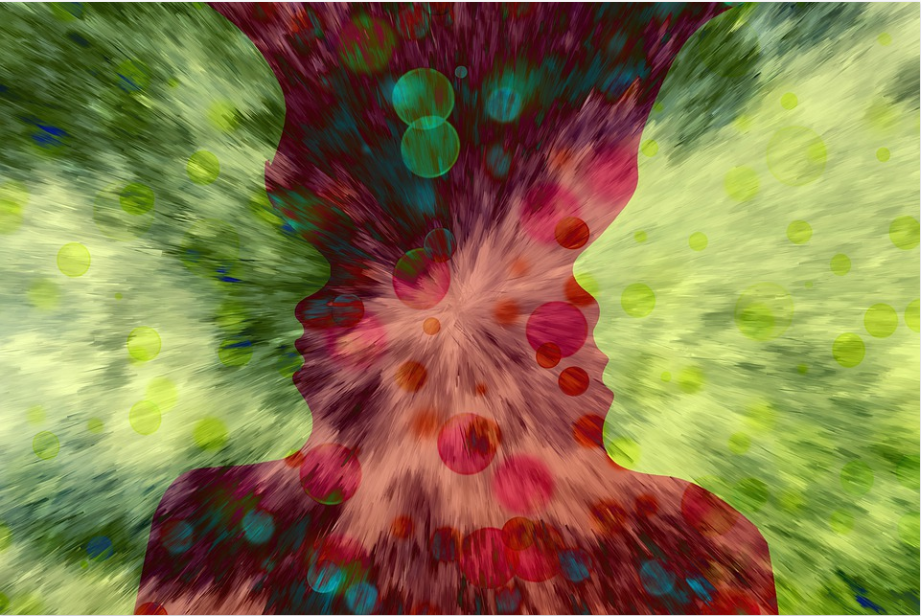创新背景
昏迷是临床上的危重症,人体完全丧失意识,是患者脑皮质功能发生严重障碍的外在表现。患者昏迷时呼吸和心跳是正常的,但意识和随意运动消失,对外界的刺激的反应迟钝或丧失。
昏迷可能由多种情况造成,临床上分为昏迷、晕厥和心脏停搏,是由创伤性脑损伤、中风、心脏问题以及一些其他疾病的并发症引起的。昏迷也可以被故意诱导,让大脑有时间愈合,直到流向大脑的血液恢复。迄今为止,医学科学尚无法解释昏迷帮助身体的机制尚不清楚。
创新过程
无法确定昏迷的机制可能导致人们对昏迷认识的缺失,阻碍对其进行深入探究。人们普遍认为处于昏迷状态的人不会感知,就无需像其他疾病一样不断治疗,甚至可能降低护理水平。降低医护水平将导致医疗者无法了解探究昏迷对人体的影响,无法确定昏迷是否改善身体机能。

2019年神经危重症护理协会发起治疗昏迷运动汇集全球研究人员,将昏迷作为可治疗的医学问题讨论,试图找出其中的机制,找出昏迷的人的康复方法,进而开发新的诊断和治疗方法。
研究面临昏迷语言和定义模糊性带来的难题,这是意识障碍的一个问题。昏迷状态下的人心脏和呼吸没有异样,但对周围环境没有反应。但处于昏迷或植物状态的人其实可以发展到最低限度的意识状态,会对周围的世界有一定的意识。植物状态的患者治疗原理就是基于此。他们的眼皮和手指会动,可能会进行眼神交流或指向、伸手抓物体,但因为反应微弱且不一致,很少被系统整理分析。

昏迷恢复量表用于区分神经行为功能方面的细微差别,并监测意识的恢复情况。其修订版被认为是评估意识状态的黄金标准,注重一个人的视觉、运动和言语反应,它是为成人设计的,用于儿童可能会出现更多情况也更复杂。
从最低意识状态出发,当一个人可以被提问时,成人会给出自己的答案,但孩子的回答可能并不反映他们的意识水平,而是反映他们的发展水平。一个年轻的、意识完整的孩子可能会在被要求使用杯子时将其扔在地板上。了解意识水平对于医疗保健提供者定制治疗方案非常重要,它能帮助医疗方案做出合理可行的预测。
治疗昏迷需要探索生物标志物,例如脑部扫描显示的分子和细胞标志物,这些标志物可以表明神经健康,帮助医疗保健提供者进行早期诊断,并了解一个人当前的意识水平以及如何进行干预。

通过对昏迷和其他意识障碍患者研究发现,处于最低意识状态的儿童比处于植物状态的儿童更早出现并恢复得更多,且儿童会不断恢复其他功能,随着时间推移会持续改善。2021年对484名TBI成年人研究发现,成年人也可以在昏迷和其他意识障碍后恢复。个人越早恢复意识,就越有可能表现得更好。有些人可能没有表现出昏迷的挥之不去的影响,而另一些人可能在大脑和运动功能方面发生了变化,需要康复,干预的时机至关重要。
创新关键点
从昏迷的难题——意识障碍入手,研究生理意义上的意识问题,将昏迷纳入医疗考虑,探究昏迷和意识的本质。
创新价值
研究有助于更好地预测昏迷结果,更快地使人们恢复意识,带来治疗良好效果的同时降低成本。
The treatment of coma begins with the study of consciousness
Failure to determine the mechanism of coma can lead to a lack of understanding of coma, hindering its in-depth exploration. It is widely believed that people in a coma do not perceive, do not need to be treated constantly like other diseases, and may even reduce the level of care. Reducing the level of care will result in medical practitioners not being able to understand the effects of coma on the human body and determining whether coma improves physical function.
In 2019, the Neuropreventive Care Association launched the Campaign to Treat Coma, bringing together researchers from around the world to discuss coma as a treatable medical problem, trying to find out the mechanisms involved, find out how to recover people who are comatose, and then develop new diagnostic and therapeutic methods.
The study faced the conundrum of comatose language and definition ambiguity, a problem with impaired consciousness. People in a coma do not have abnormal heart and breathing, but do not respond to their surroundings. But people in a coma or vegetative state can actually develop a minimal state of consciousness, and will have some awareness of the world around them. The principle of treatment of patients in the vegetative state is based on this. Their eyelids and fingers move, and they may make eye contact or point and reach for objects, but because of their weak and inconsistent responses, they are rarely analyzed systematically.
The Coma Recovery Scale is used to distinguish nuances in neurobehavioral function and to monitor the recovery of consciousness. Considered the gold standard for assessing states of consciousness, its revised version focuses on a person's visual, motor, and verbal responses, and it is designed for adults and is used in children who may have more situations and are more complex.
Starting from the lowest state of consciousness, when a person can be asked a question, adults will give their own answers, but the child's answer may not reflect their level of consciousness, but reflect their level of development. A young, fully conscious child may throw a cup on the floor when asked to use it. Understanding the level of awareness is important for healthcare providers to tailor treatment options and help them make reasonable and feasible predictions about their plans.
Treating coma requires exploring biomarkers, such as molecular and cellular markers revealed by brain scans, that can indicate neuro health, help healthcare providers make early diagnoses, and understand a person's current level of consciousness and how to intervene.
Studies of patients with coma and other disorders of consciousness have found that children in the lowest conscious state appear earlier and recover more than children in the vegetative state, and children continue to regain other functions and continue to improve over time. A 2021 study of 484 adults with TBI found that adults can also recover after coma and other impairments of consciousness. The sooner an individual regains consciousness, the more likely they are to perform better. Some people may not have shown the lingering effects of coma, while others may have undergone changes in brain and motor function, need to recover, and the timing of the intervention is crucial.
智能推荐
创新使用面包酵母制造抗癌药物
2022-09-05从自然界中已知的装配线入微生物细胞,并允许细胞产生一些这些复杂的化学物质,使用生物技术合成药物成分,有助于开发对人类健康至关重要的复杂化学的新方法。
涉及学科涉及领域研究方向高渗应激诱导程序性细胞坏死的分子机制
2022-07-01该研究揭示了高渗应激诱导细胞死亡的分子机制——高渗应激通过诱发RIPK3介导的程序性细胞坏死导致细胞死亡。
涉及学科涉及领域研究方向核糖核酸酶与蛋白激酶抑制剂的新组合更有效地治疗黑色素瘤
2022-08-05来自麻省理工学院的研究人员发现核糖核酸酶和蛋白激酶抑制剂这两种药物一起使用时,能更好地杀死癌细胞,同时有助于防止肿瘤产生耐药性。
涉及学科涉及领域研究方向通过DNA分析确定影响肾移植排斥反应的重要因素
2022-08-09通过DNA分析联系患者于供体器官之间的差别,利用自然杀伤细胞的工作机制确定影响肾移植排斥反应的重要因素。
涉及学科涉及领域研究方向